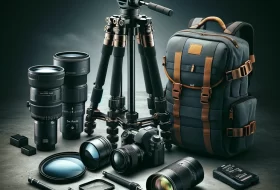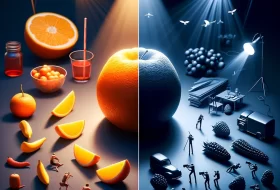Photography is a journey of constant learning and exploration. Whether you’re capturing the grandeur of a landscape, the intimacy of a portrait, or the fleeting moment of street photography, each image is a reflection of how you see the world. By understanding the technical aspects, practicing the art, and expressing your unique vision, you can create compelling images that resonate with viewers and tell powerful stories.
NO BAD MEDIA
Focus & Facts
Showcasing the multifaceted nature of photography, from techniques to interpretations. Emphasizing the magical element of light in photography and how it shapes moods and scenes. For a blog that explores innovative techniques and cutting-edge photography technology.
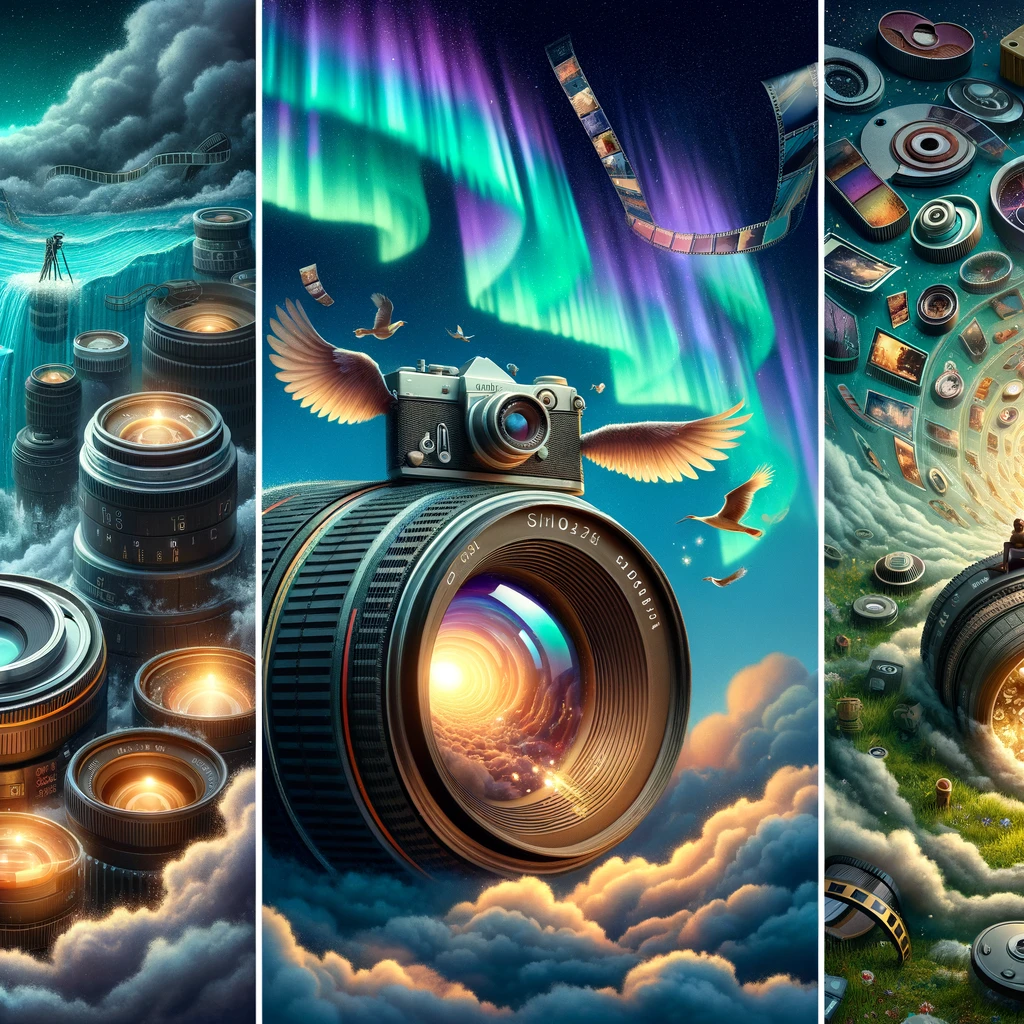
Understanding the Basics of a Camera
Types of Cameras: From simple point-and-shoot cameras to advanced DSLRs and mirrorless systems, each offers different features suited for various levels of photography.
Camera Anatomy: Learn about the body, lens, sensor, viewfinder, and controls. Each part plays a crucial role in capturing images.
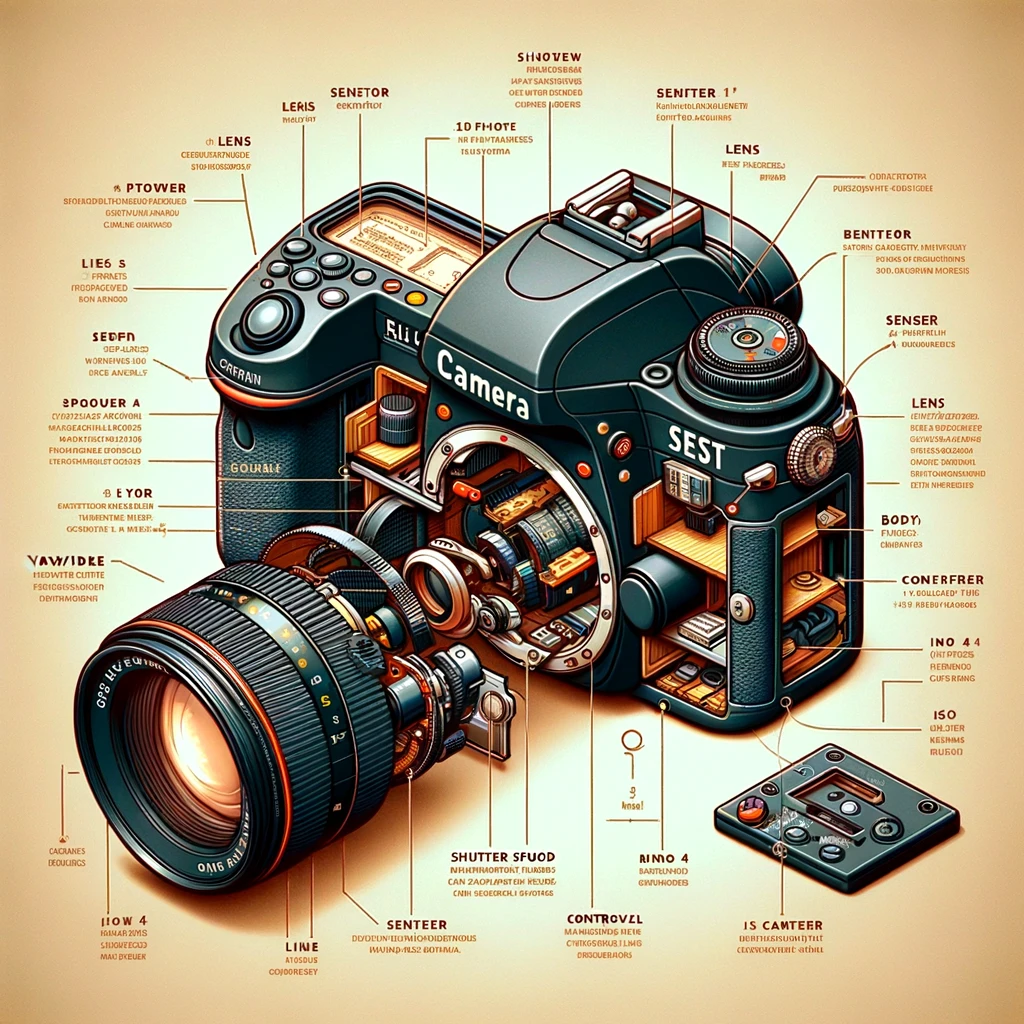
Exposure Triangle
Aperture: controls the lens’ diaphragm size, affecting the depth of field and the amount of light entering the camera.
Shutter Speed: Determines how long the camera’s shutter is open to expose light to the camera sensor. It affects motion blur and exposure.
ISO: Adjusts the camera sensor’s sensitivity to light, influencing the exposure and graininess of the image.
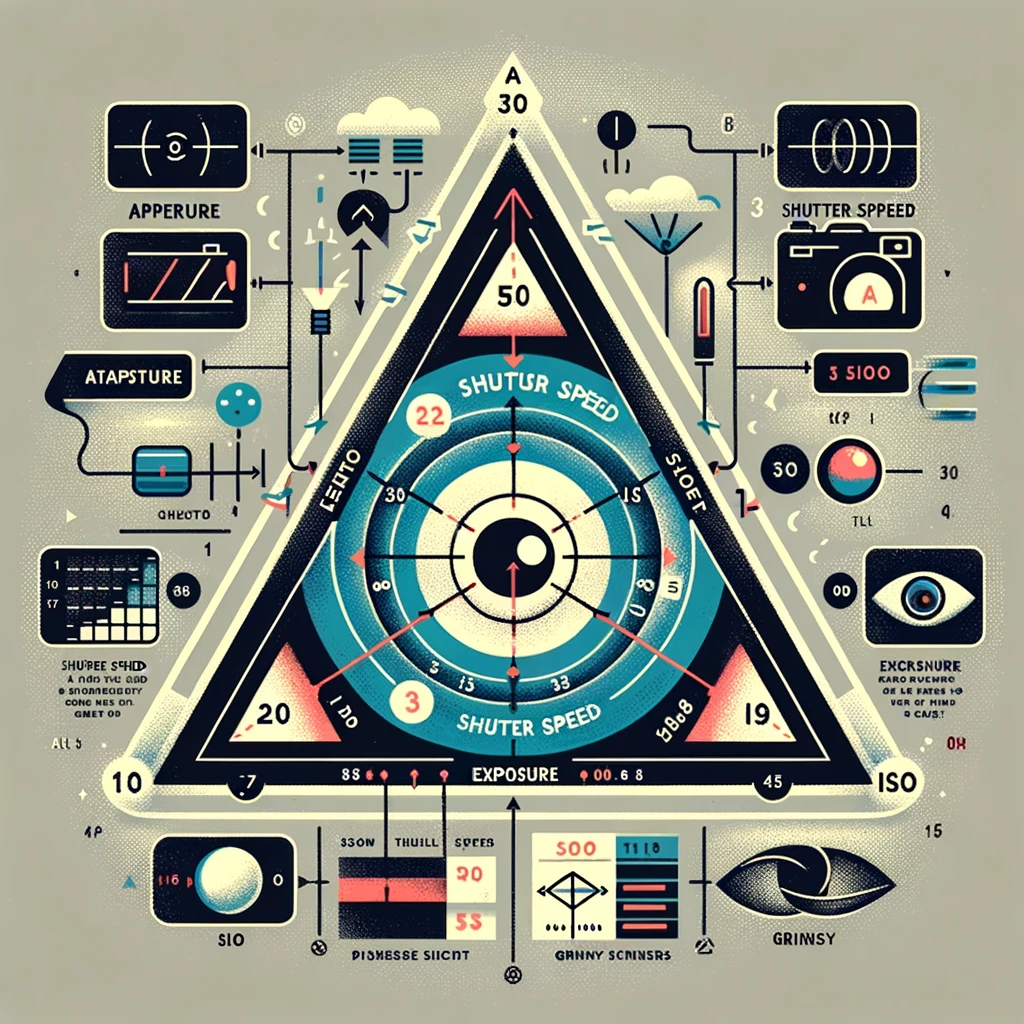
Composition and Framing
Rule of Thirds: Imaginary lines dividing the image into thirds, both horizontally and vertically, help place important elements.
Leading Lines: Using natural lines to lead the eye into the picture.
Framing: using elements within the scene to frame the subject, adding depth and context.
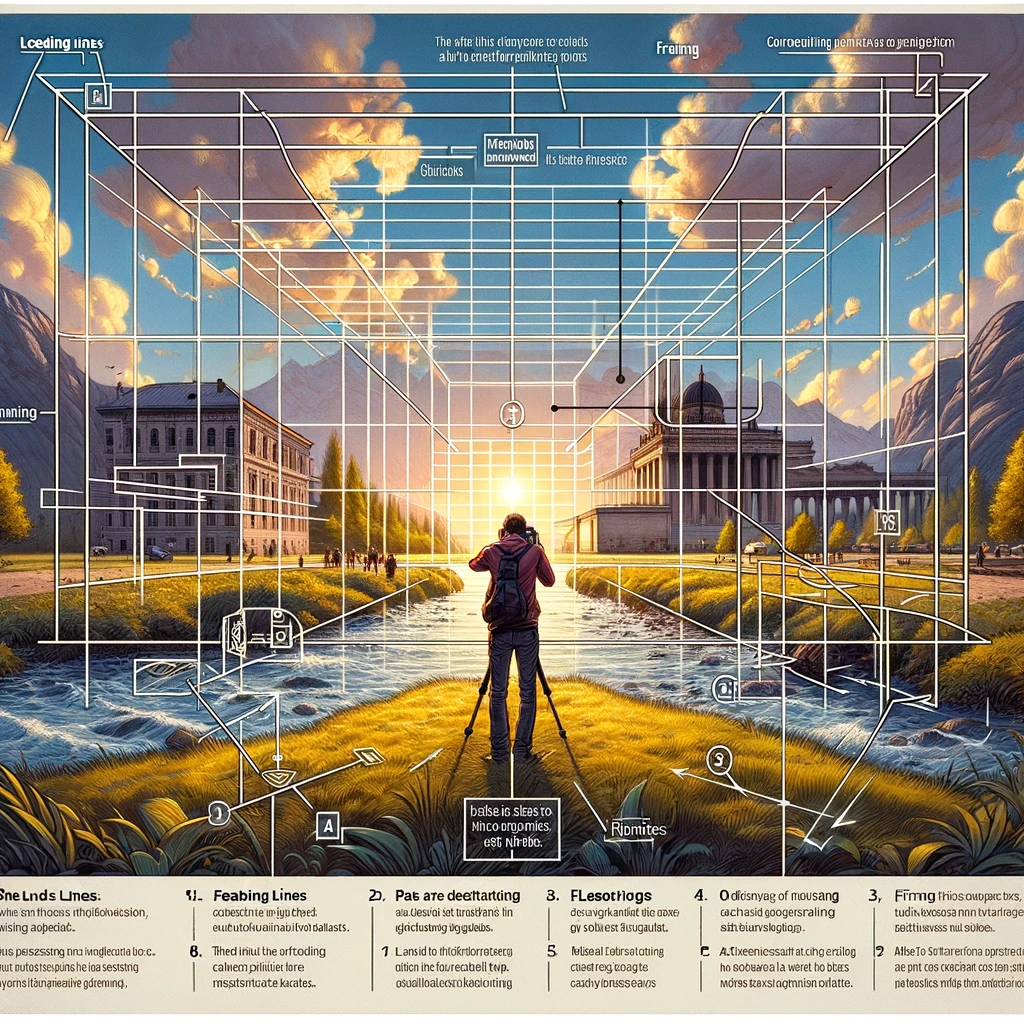
Lighting
Natural Light: Utilizing sunlight or moonlight, which can vary in intensity and color.
Artificial Light: Includes flash, LED lights, and other man-made sources to illuminate the subject.
Light Direction: The angle of light can dramatically affect the mood and texture of the photograph.

Advanced Techniques
Long Exposure: Keeping the shutter open for an extended period to capture motion, such as flowing water or star trails.
HDR (High Dynamic Range): Combining multiple exposures of the same scene to capture greater detail in highlights and shadows.
Macro Photography: Capturing close-up images, revealing details not visible to the naked eye.
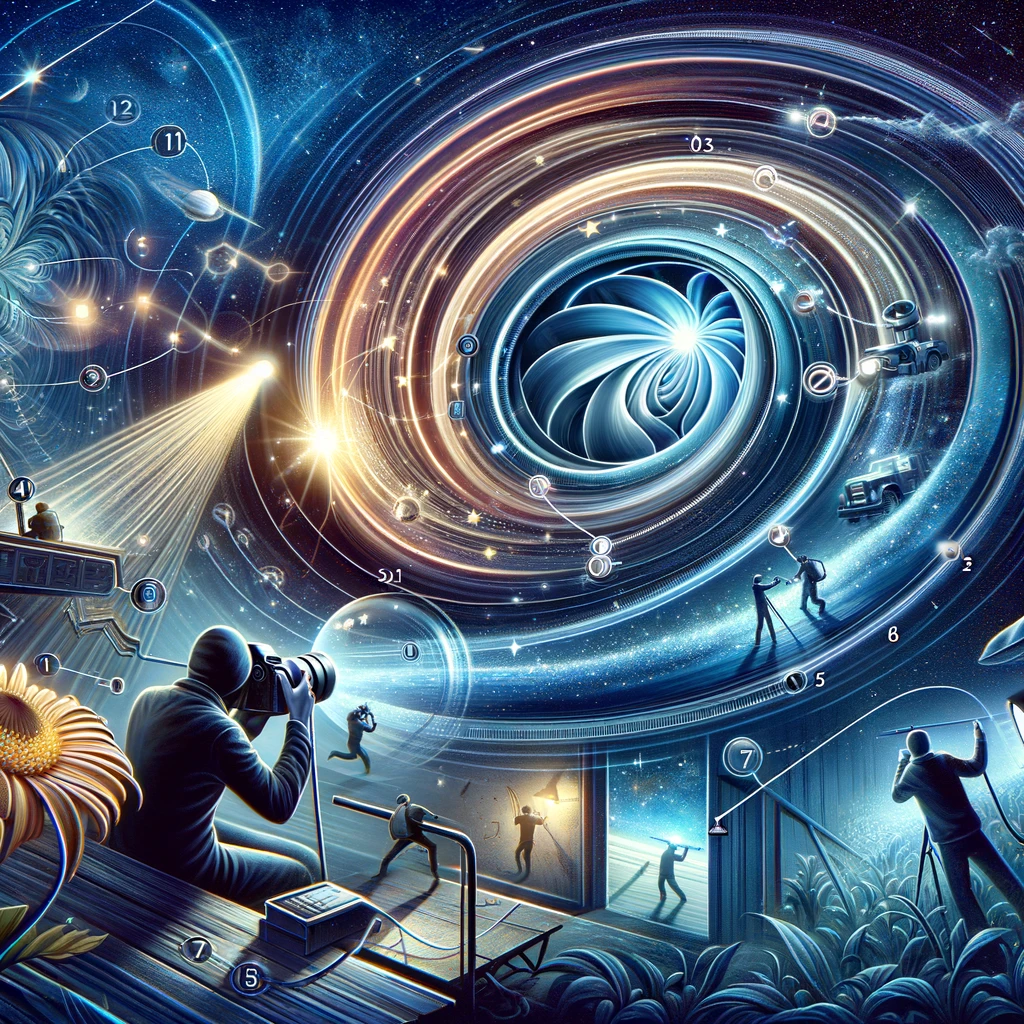
Post-Processing
Editing Software: Tools like Adobe Photoshop and Lightroom allow photographers to enhance and correct images.
Adjustments: tweaking exposure, color balance, contrast, and sharpness to improve the final image.
Creative Effects: Applying filters, overlays, and other effects to achieve a desired artistic look.
The Art of Photography
Vision and Style: Develop a unique perspective and style that distinguishes your work from others.
Storytelling: using images to tell stories, convey emotions, or express ideas.
Ethics and Responsibility: Understanding the Impact of Your Photography on Subjects and the Environment
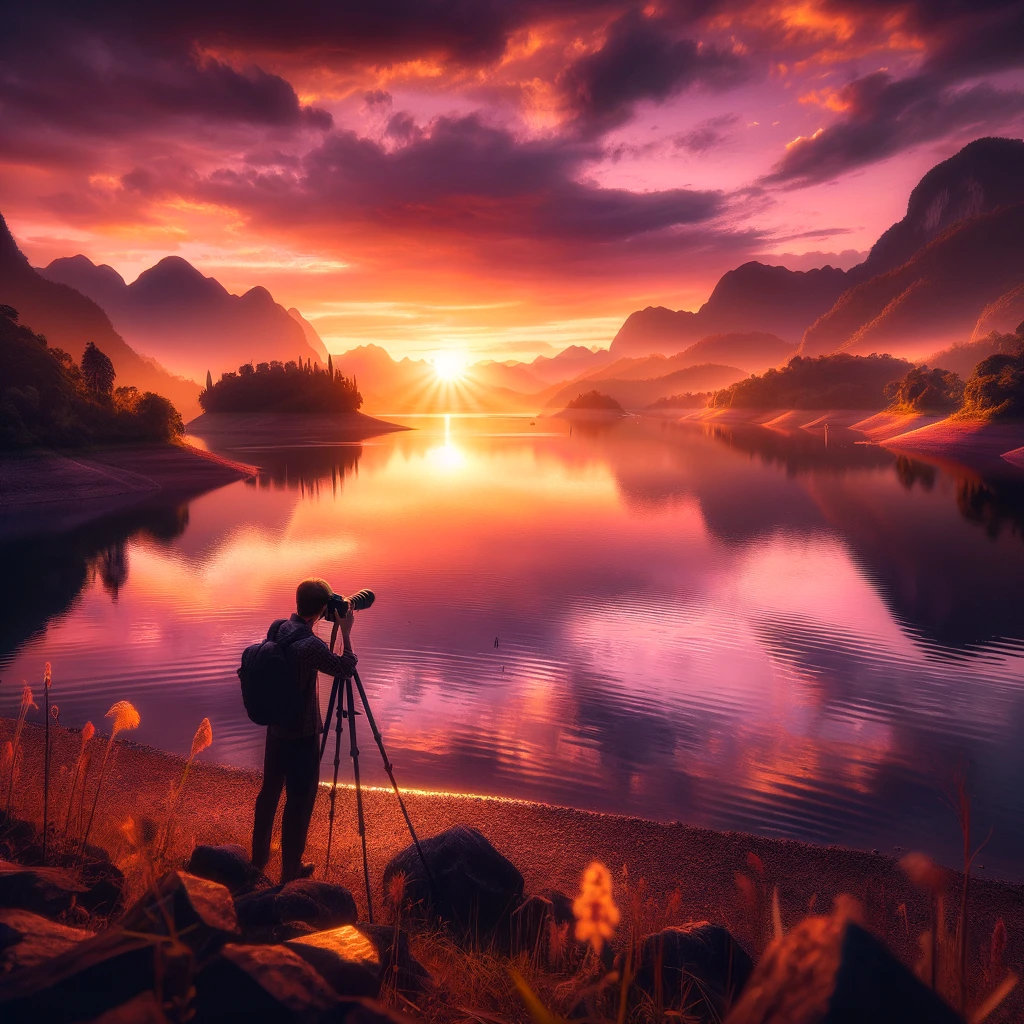
Sharing and Displaying
Prints: creating physical copies of your work for display or sale.
Online Platforms: Using social media, websites, and galleries to share and promote your photography.
Portfolios: Curating a collection of your best work to showcase your skills and style.
Continuing Education
Workshops and Classes: Participating in educational opportunities to improve skills and learn new techniques.
The importance of regular practice to refine techniques and develop your eye.
The importance of regular practice to refine techniques and develop your eye.


